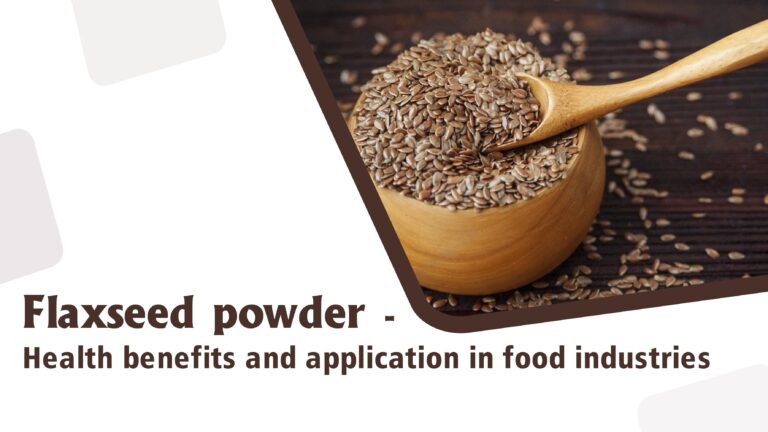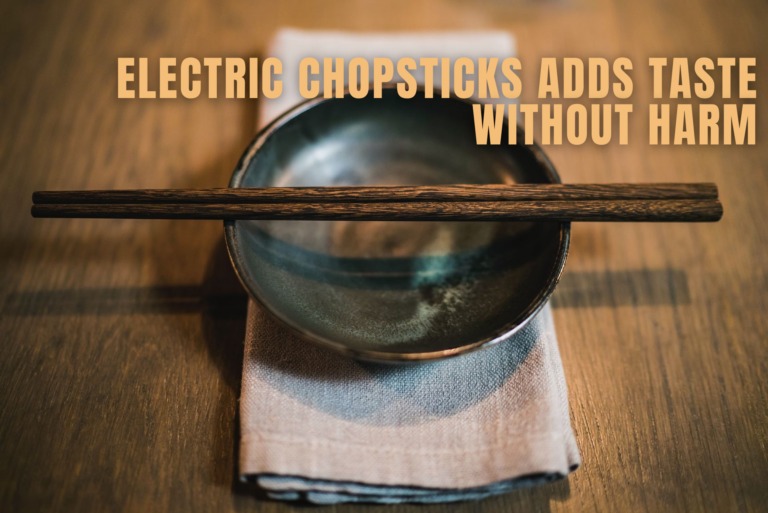Food & Beverages
Nowadays, plastic pollution has become a major environmental issue due to the rapid production of Polyethylene Terephthalate (PET) which is a single use plastic. The plastic pollution is majorly seen in Asian and African nations as there is not efficient garbage collection systems in these nations. Due to the mass production plastic in the form of food containers, bottles, fibers, films etc., the plastic waste has become major problem for marine and terrestrial ecosystems.
Plastic is a polymeric material having large, long chains of molecules with series of links interconnected. Polyethylene Terephthalate is a thermoplastic polymer belonging to the polyester family. PET is used as a fibre in cloths manufacturing industries, food containers for various liquids products and also used as a glass fibre for resin manufacturing. Since these single use plastics degrade mostly by a process called photodegradation, which is a very long process, there is a need to develop alternatives for the degradation of the single use plastics.

STRUCTURE OF POLYETHYLENE TERAPHTHALATE
Microbes are the microscopic organisms. The primary producers produce energy with the help of light and other compounds, whereas the heterotrophs or decomposers rely on various sources of energy and can be found anywhere.
Examples of Plastic Eating Bacteria
Ideonella sakaiensis is a heterotrophic bacterium capable of breaking down Polyethylene terephthalate (PET). The flagellum is a motile organelle attached to the bacteria. The flagellum is used to adhere to the plastic surfaces. The PET-degrading enzymes, known as PETases are released on to the PET surfaces. These PETase enzymes found in Ideonella sakaiensis are believed to have the highest PET hydrolytic activity when compared to the PETase enzyme of other bacteria, for example Thermobifida fusca.

MECHANISM:
Firstly, the polyethylene terephthalate (PET) is degraded by PETase enzyme into mono (2-hydroxyethyl) terephthalic acid (MHET). Which is a heterodimer composed of terephthalic acid (TPA) and ethylene glycol (EG). The MHET is then converted into two monomeric units by the MHET hydrolase enzyme (MHETase) present on the outer membrane of the bacterial cell.
PET also degrades into an intermediate known as Bis – (2-hydroxyethyl) terephthalate (BHET). This BHET can be later converted into MHET after PET hydrolysis.
Ethylene glycol is then used up by I.sakaiensis and other bacteria.
Terephthalic acid is then imported into the I.sakaiensis cell through terephthalic acid transporting protein. After reaching the bacterial cell, terephthalic acid molecule is then oxidized into a catechol intermediate. The catechol ring is cleaved by PCA 3,4-dioxygenase before it integrates into other pathways such as TCA cycle. Both the molecules generated from degradation of PET, are used by the bacterial cell to produce energy. Eventually the carbon is mineralised to carbon dioxide which is released into the environment.
Prior to the discovery of Ideonella sakaiensis, there were only few plastic eating bacteria and fungi, Fusarium solani was believed to degrade PET as a primary source of carbon and energy.

REFERENCES:
https://www.nationalgeographic.com/environment/article/plastic-pollution
https://www.britannica.com/science/plastic-pollution
https://en.wikipedia.org/wiki/Polyethylene_terephthalate
https://chariotenergy.com/blog/how-long-until-plastic-decomposes/
https://pdxscholar.library.pdx.edu/cgi/viewcontent.cgi?article=2375&context=honorstheses



PLASTIC EATING BACTERIA